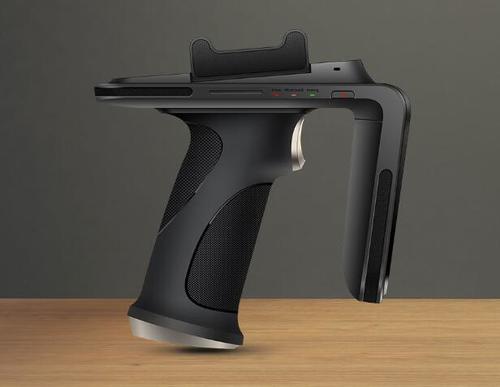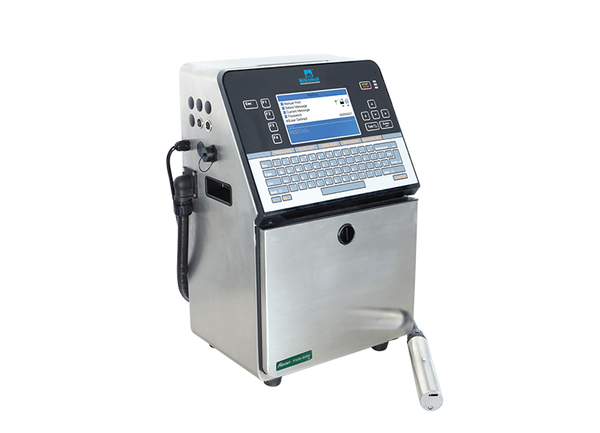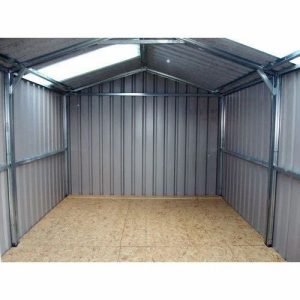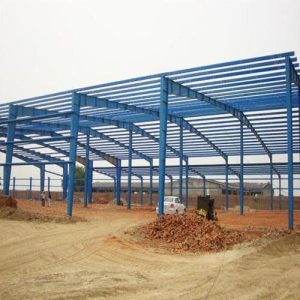Fabrication Work involves the design, sourcing, and assembly of metal structures and components used in various industries, including construction, manufacturing, and infrastructure development. Fabrication work typically includes cutting, bending, welding, and assembling metal parts into desired shapes or structures. Proper procurement and installation ensure that the fabricated products are strong, durable, and meet the specific needs of the project.
Description
- Involves procuring raw materials such as steel, aluminum, and iron, along with welding equipment, cutting tools, and fasteners required for fabrication processes.
- Installation includes on-site assembly of pre-fabricated structures, welding, and mounting, ensuring precision and alignment with project specifications.
- Ideal for constructing metal frameworks, gates, industrial machinery components, structural supports, and more, serving a wide range of commercial, industrial, and residential applications.
- Available in various customization options depending on the project’s design, size, and load-bearing requirements.
- Commonly used in industries like construction, automotive, aerospace, and infrastructure development to create durable and precise metal structures.
Benefits
- Highly Durable: Fabricated metal structures are designed for high durability and can withstand heavy loads, impacts, and harsh environmental conditions.
- Customizable Designs: Offers flexible customization to meet unique project requirements, whether for small components or large structural frameworks.
- Quick and Efficient: Fabrication processes can be completed quickly using advanced tools and machinery, reducing project timelines.
- Cost-effective: Metal fabrication offers a long-term, cost-effective solution due to its strength, low maintenance, and longevity.
- Versatile Application: Applicable in numerous industries, allowing for a wide range of structures and products to be created from metals.
Features
- Precision Cutting and Shaping: Involves the use of laser cutters, CNC machines, and other tools to achieve precise dimensions and shapes for metal components.
- Welding and Joining: Includes welding processes to join metal parts together, ensuring strong and durable connections.
- Surface Treatments: Available with various finishes, such as powder coating or galvanizing, to protect against corrosion, wear, and environmental damage.
- Custom-built Components: Tailored fabrication designs can be created according to specific engineering requirements, ensuring optimal performance in each application.
- Heavy-duty Materials: Uses high-quality metals like steel, aluminum, or iron, ensuring strength and durability in demanding environments.















Reviews
There are no reviews yet.